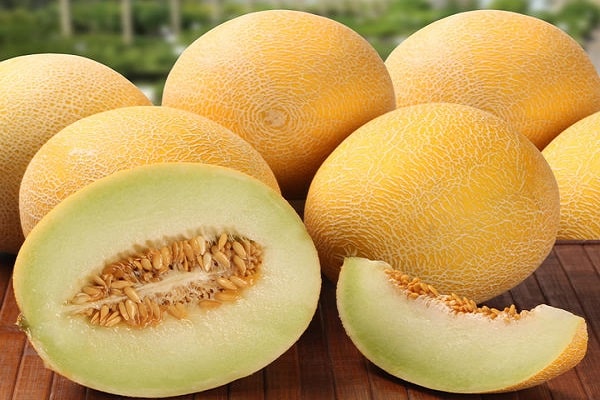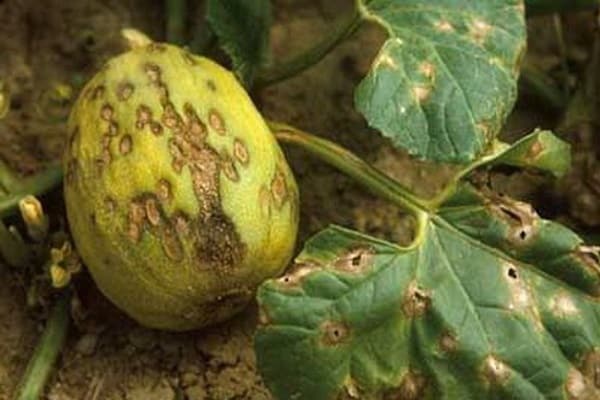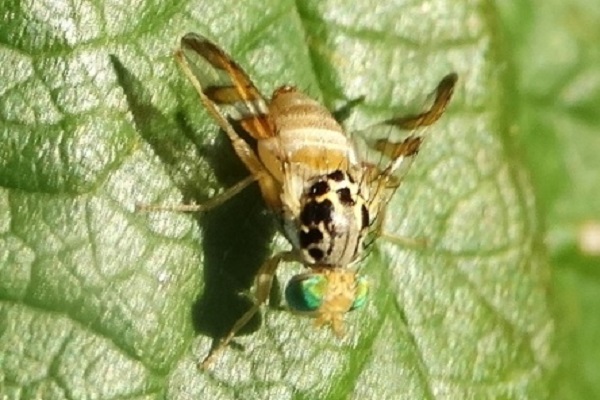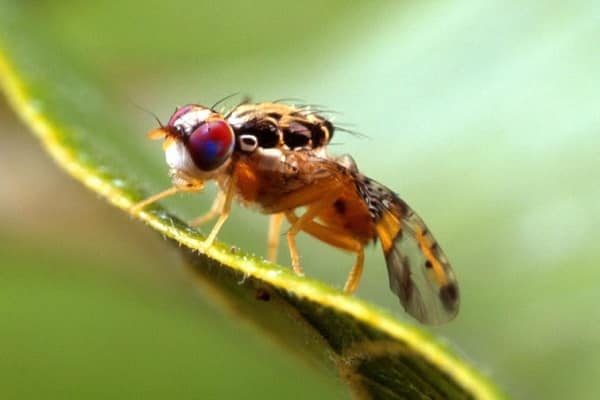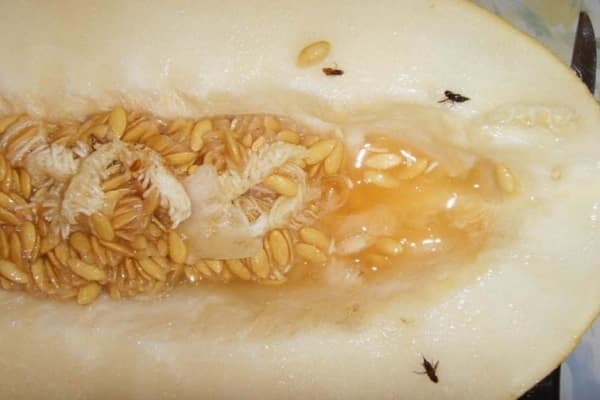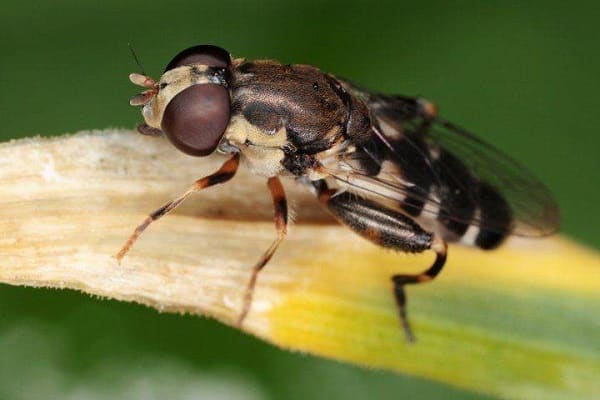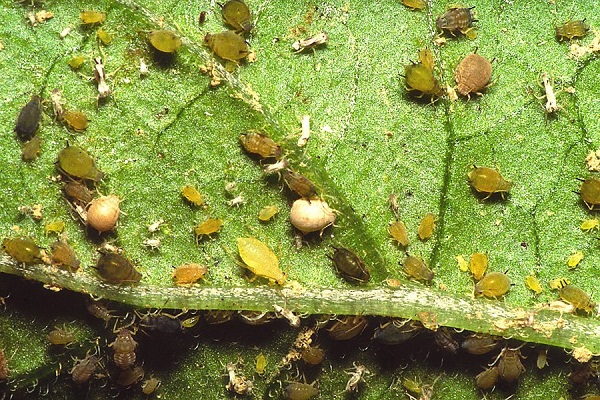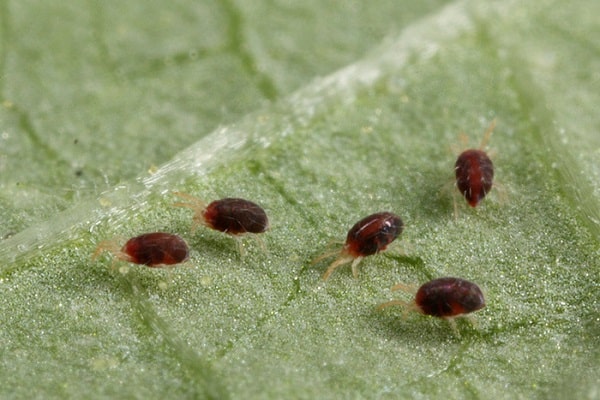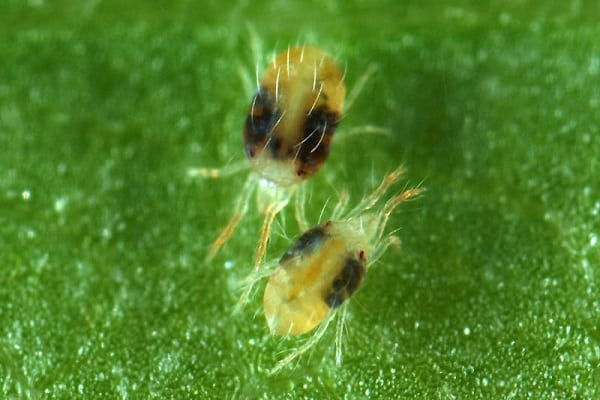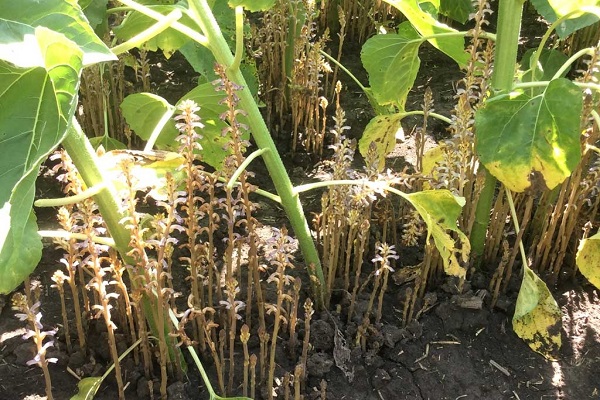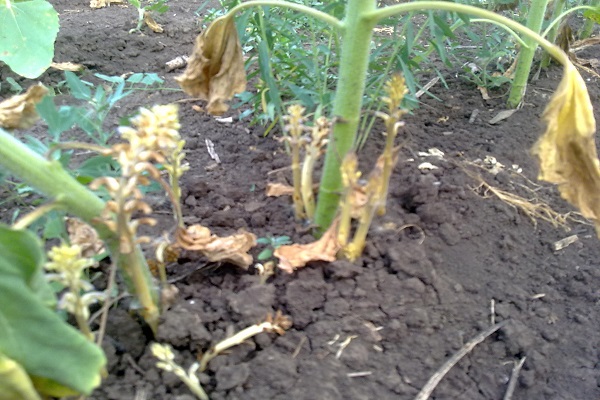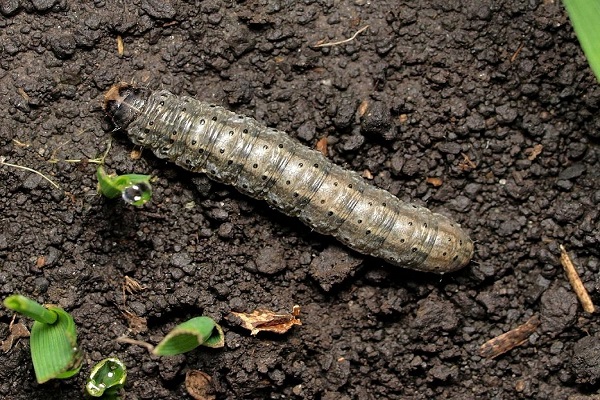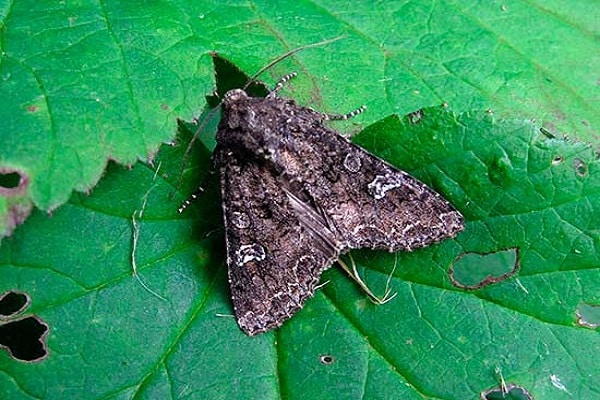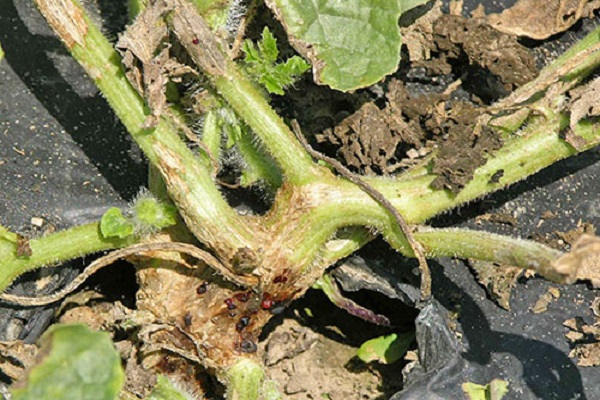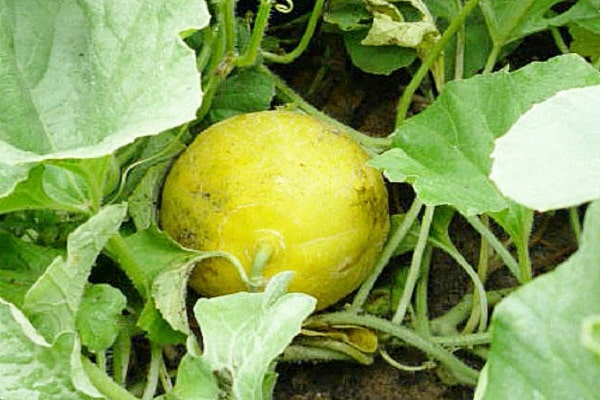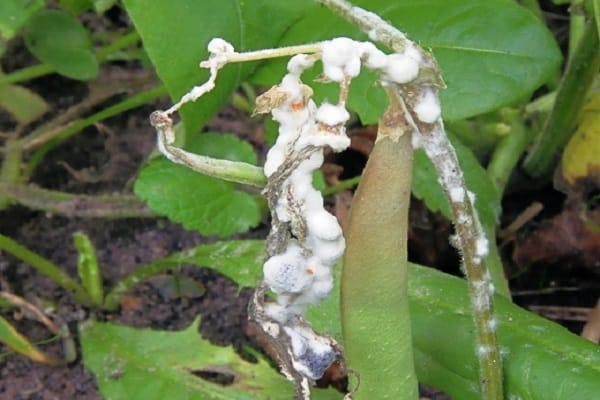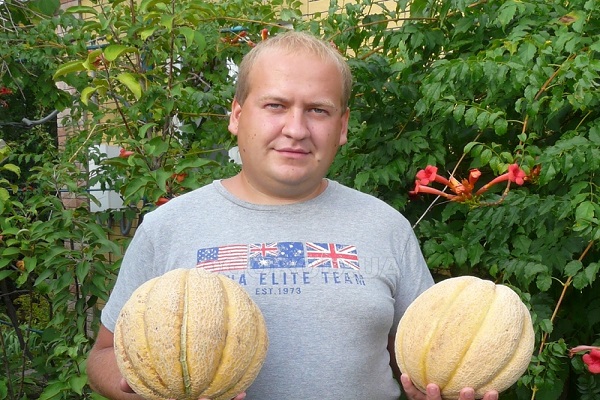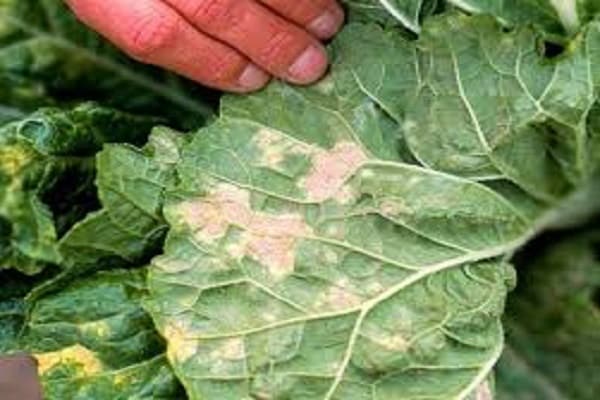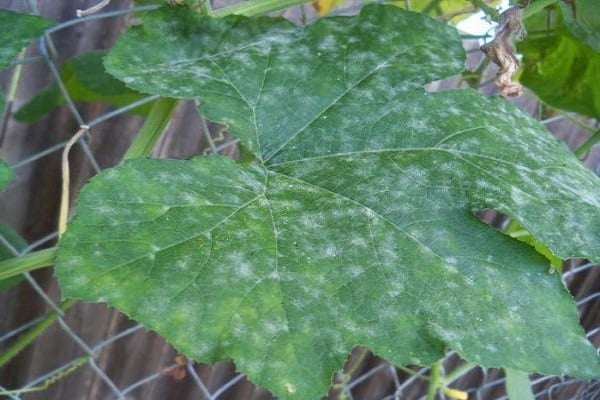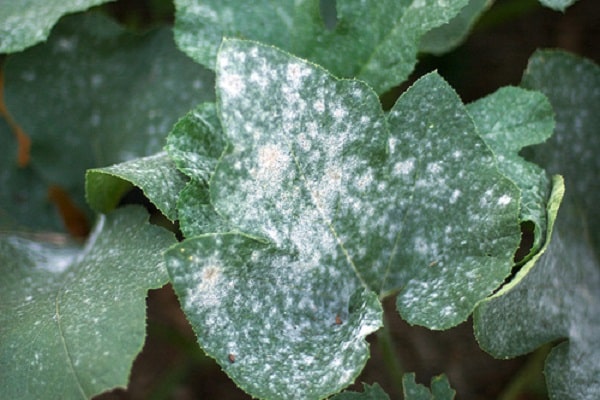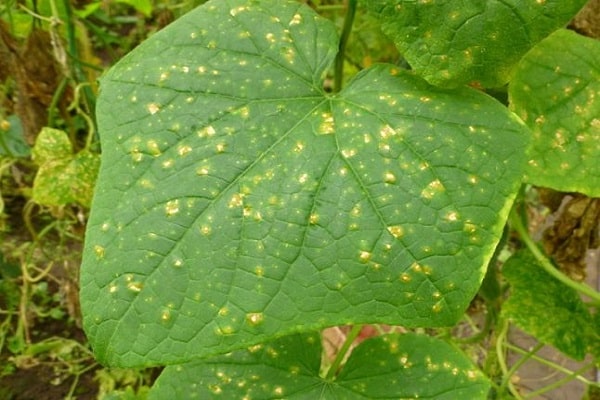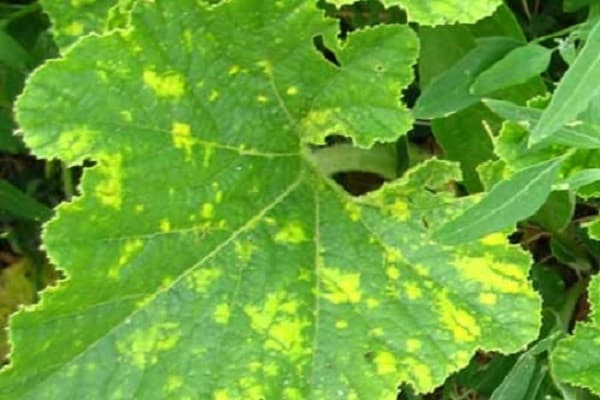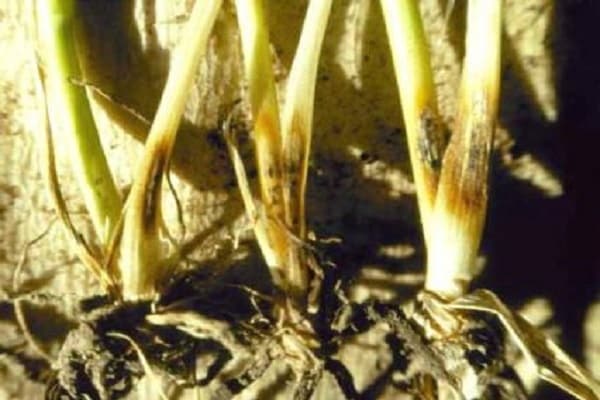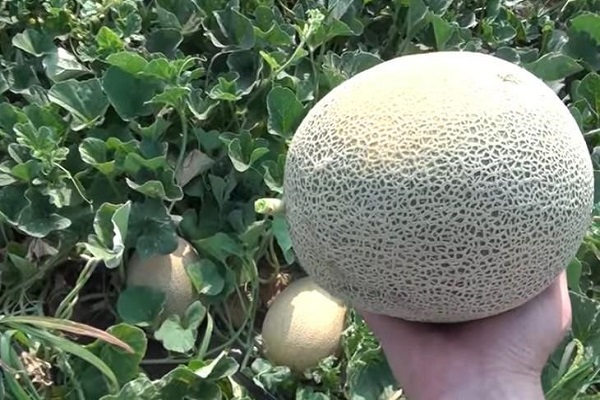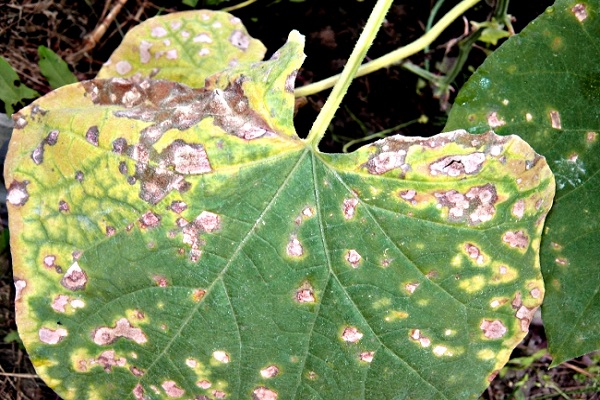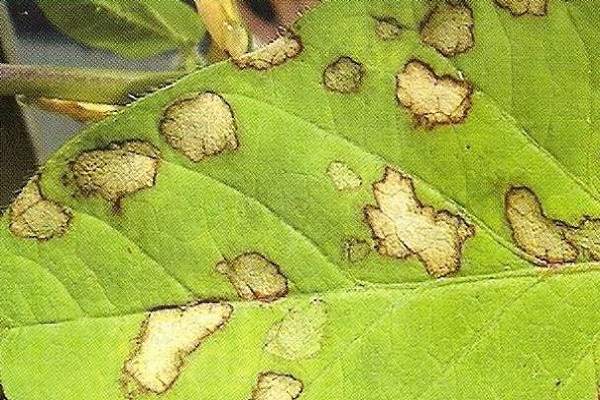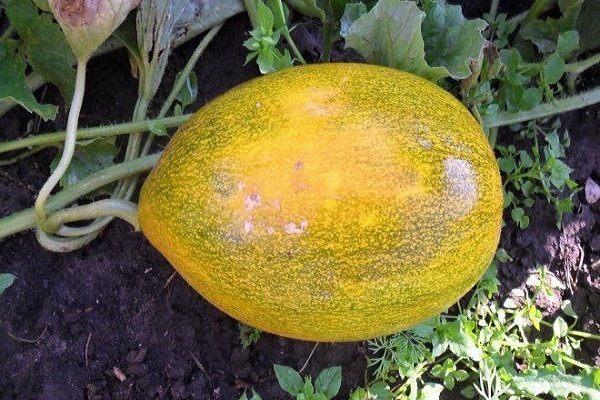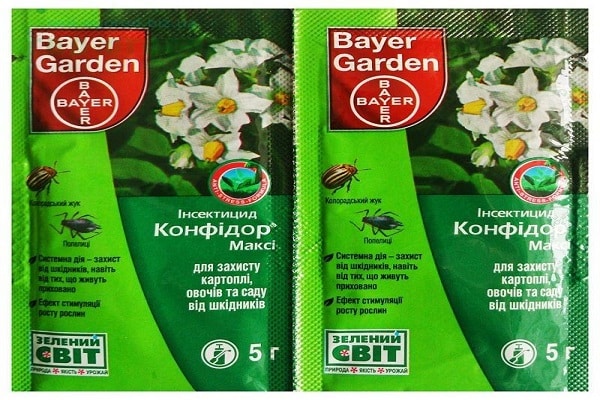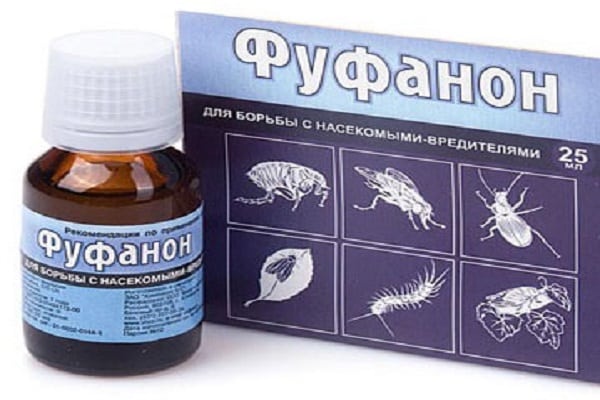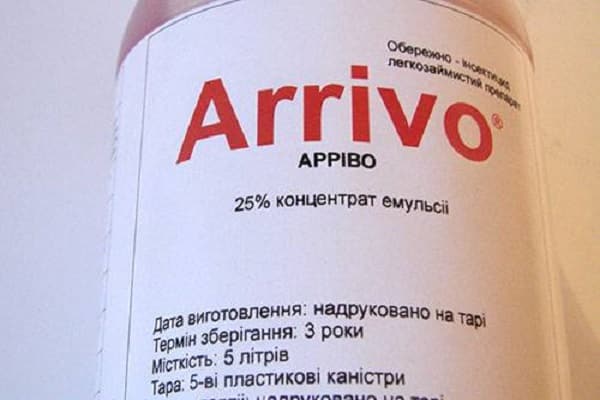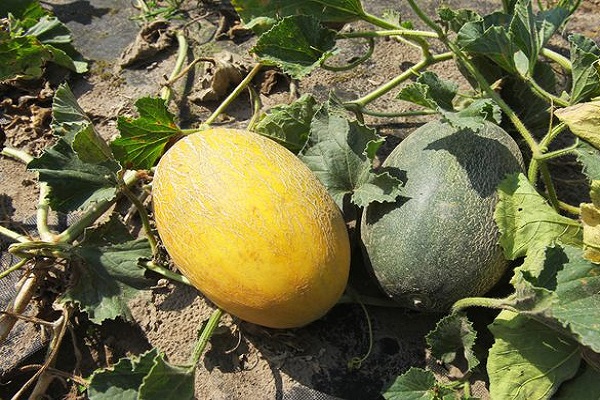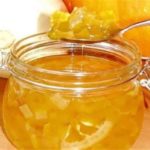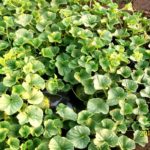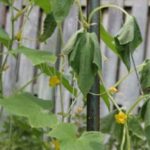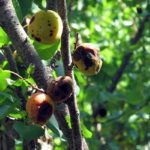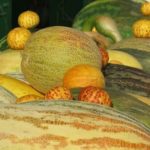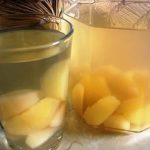Dangerous diseases of melons deprive the harvest and nullify all the work on planting and caring for them. Damage from pests of melons is no less. If the cause of the disease can be a viral, bacterial or fungal infection, then the list of pests is longer:
- Melon pests
- Melon fly
- How to deal with melon fly?
- Melon aphid on melons
- Spider mite
- Broomrape
- Gnawing cutworms
- Melon diseases
- Fusarium wilt (fusarium wilt)
- Gray mold
- Powdery mildew
- Downy mildew (peronospora)
- Cucumber mosaic
- Root rot
- White spot (septoria)
- Angular spot (bacteriosis)
- Ascochyta blight
- Anthracnose (scarden)
- Processing means
- Processing technology
- melon aphid;
- spider mite;
- wireworm;
- scoop;
- melon fly.
Prevention of melon diseases, timely control of them and insect pests help save the crop.
Melon pests
Any insects that settle on a melon cause damage to it. Symptoms of infection should not be discouraging. Having information about dangerous melon pests and effective ways to destroy them, you can save the crop.
Melon fly
For our harsh climate, the melon fly is exotic. It has recently adapted to our cool climate. Before this, the habitat region was warm countries (India, Egypt) and our Transcaucasus. The fruit along with the seeds in it suffers from fly larvae.
The melon fly is considered one of the most dangerous pests of this melon crop. In the southern regions, the damage from its invasion is enormous. The insect can destroy up to 50% of the entire crop. The insect lays eggs in the pulp of the fruit, gnawing holes in the skin and penetrating inside. Numerous larvae cause further damage.
How to deal with melon fly?
A natural question arises: how can you fight the melon fly, what preventive measures save you from the pest? The first thing you need to know is what such a dangerous melon fly looks like. This will help to find out about the infection at the initial stage and prevent mass infection of melons.
It is not difficult to recognize a dangerous insect; the fly has wings with yellow transverse stripes, the body is small (5–7 mm), oblong, yellow in color. If you see a yellow insect and it has wings with four transverse stripes of black color, it means that this is an adult of a melon fly. Almost all members of the insect are yellow in color, only round spots of a dark color are visible on the back.
Females lay up to 120 eggs, oblong in shape, narrowed at one end, milky white, up to 1 mm long.The year of the melon insect coincides with the time of formation of the fruits of melon crops, and lasts from the first days of June until October. The female lays eggs under the melon skin of the fruit 7 days after mating.
The larvae penetrate the melon and feed on the juice of the fruit. When the time to pupate approaches, they leave the melon fruit and penetrate the soil. The insect remains in the pupal phase for 3 weeks in the summer and up to 1.5 months in the fall. In a year, one female will produce up to 3 generations of the pest.
A crop affected by the melon fly has external signs: holes in the peel and brown spots on its surface. Subsequently, melon fruits:
- lose their usual shape;
- rot;
- emit an unpleasant odor;
- suffer from secondary infections.
No obvious danger to humans from eating fruits affected by the melon fly has been identified, but their consumption is not recommended. The presence of infection in infected fruits cannot be ruled out. The most harmless disease after eating contaminated fruits is diarrhea.
Melon aphid on melons
Adult aphids are not as scary to melon as melon larvae are. The question of whether it is possible to eat fruits if there are aphids on the melon should not arise. The larvae do not live in the melon (fruit). They live on the inner surface of leaves, just like adults.
How to treat bushes if aphids appear on melons:
- karbofos - 60 g of product per 8 liters of water;
- soap solution - add 100 g of soap shavings to 10 liters of water;
- Actellicom - according to the instructions.
Aphids must be combated in the early stages, preventing their active reproduction.
Spider mite
Melons and vegetables suffer from spider mites. Small pests live on the inner parts of leaves. A large number of pests inhibit the development of plants.Due to the large loss of juice, they gradually dry out. Signs of spider mites include yellow foliage and white webs on the leaves.
The first infected plants can be removed to prevent the insect from spreading to healthy plants. Sick bushes can be treated with acaricides or preparations containing sulfur and phosphorus. The products are alternated to maintain the effect. Spray all parts of the plant, even in the most inaccessible places.
Broomrape
Broomrape is a parasitic plant. It does not have roots; they are replaced by suckers, with the help of which the broomrape can stick to the root system of melons and feed on their juice. The plant is very prolific - 1.5 million seeds per season. Moreover, they remain viable for more than one year.
Ways to combat broomrape:
- crop rotation;
- use of virgin land for melon growing;
- deep plowing;
- keeping the land clean;
- biological control methods.
A biological control option is the phytomys fly. During the period of active flowering of broomrape, it is used on melon fields. The larvae hatching from eggs laid in flowers destroy the seeds of the parasitic plant.
Gnawing cutworms
The cutworm is a butterfly whose caterpillars are an unpleasant gray color, live in the top layer of soil and cause significant damage to melon bushes. They gnaw out the pulp of the stems, which causes them to wither and gradually die, leading to the death of the plant.
Standard methods of dealing with the gnawing cutworm:
- loosening row spacing reduces the population of pupae and larvae;
- use of chemicals according to instructions and within acceptable time limits;
- use of Bazudin during pre-sowing soil preparation.
Used against the gnawing cutworm drug Decis Pros, to spray the lashes, dilute 0.4 g of the product in 5 liters of water.No more than 2 treatments can be carried out per season (before flowering and after). The product is toxic to bees.
Bazudin is added to the soil during the planting period of melons. Use the recommended concentration - 15 g per hundred square meters. This dose is mixed with 0.5 liters of river sand to evenly distribute the product over the entire area of the ridge.
Melon diseases
Melon is susceptible to various infections that affect the yield, marketability and taste of the fruit. The main sources of infection: low-quality seeds, contaminated soil. Additional factors that provoke diseases are bad weather conditions and poor quality plant care.
Fusarium wilt (fusarium wilt)
A dangerous disease spread by fungal spores. Medium and late ripening melon varieties are at risk. On diseased plants, fruits with a low sugar content are formed, not juicy, and have lost their aroma and keeping quality.
Young plants in the phase of 2–3 true leaves and already fruit-bearing bushes are infected. Symptoms indicating that the plant is affected by Fusarium wilt:
- light leaves;
- limp stems and leaves;
- gray spots on leaf blades.
Sick plants should be destroyed and the soil disinfected using any fungicide. Prevention helps reduce the risk of infection:
- compliance with crop rotation;
- deep autumn digging of the soil with complete removal of all plant residues;
- pre-planting seed treatment in 40% formaldehyde solution for 5 minutes;
- treatment of leaves with potassium chloride during the formation of buds.
Experienced gardeners advise planting melons on high beds; this greatly reduces the risk of plant infection and pest damage.
Gray mold
Cold, damp weather is ideal for the spread of botrytis, a fungal disease of melons.Signs of the disease appear on young ovaries in the form of mold. Infected fruits become soft and watery.
It is noted that the disease is more intense if the air temperature outside is kept within 15 °C. With the arrival of warmth, it slows down and, with proper care, disappears. Caring for a sick melon:
- weed removal;
- removing damaged leaves and stems;
- moderate watering of treated plants.
Solution for treating melons infected with gray rot: urea 10 g, copper sulfate 2 g, zinc sulfate 1 g. Proportions are given for a water volume of 10 liters.
Powdery mildew
You can recognize the disease by its symptoms: whitish spots at the initial stage, brown spots at later stages. The fungus affects the entire above-ground part of the vegetable crop. To prevent disease and treat diseased plants, the following measures help:
- keeping the beds clean: timely weeding, removal of plant debris at the end of the season;
- crop rotation;
- treatment of all plants with symptoms of powdery mildew with colloidal sulfur.
Recipe for preparing the solution: water (10 l), drug (100 g). Treatment - spraying of leaves, must be carried out weekly. The last one - no later than 20 days before mass harvesting of fruits.
Downy mildew (peronospora)
Young plants suffer from downy mildew. Yellow-green spots appear on tender leaves. Their size increases over time. High humidity leads to the formation of a gray coating on the bottom of the leaf blades.
To avoid illness:
- carry out pre-sowing treatment of melon seeds - immerse them in water heated to 45 ° C for 2 hours;
- treat with urea solution (1 g/l);
- every 10 days use the drugs Topaz, Oxychom.
Treatments with drugs carried out exactly according to the instructions will not harm plants or human health.
Cucumber mosaic
A viral disease that has no cure but can be prevented with simple preventive measures:
- compliance with all crop rotation rules;
- seed treatment before sowing by heating;
- use a 5% solution of potassium permanganate to treat working tools;
- maintaining clean beds and row spacing;
- destruction of aphids when they appear on plants.
You can learn about the disease by mosaic spots on the surface of leaves, deformation of leaf blades, fallen flowers, death of large leaves, and ugly fruits with warts on the skin.
Root rot
Difficult weather conditions and poor care weaken plants. With weak immunity, they develop root rot, in which the color of the stems and roots first changes (shaved), then they become thinner. At the last stage of the disease, dark spots appear inside the melon, and it loses its consumer qualities, becoming inedible.
They fight rot as standard:
- organize proper watering;
- loosen the rows;
- prepare the seeds for planting by etching them in a formaldehyde solution (40%) for 5 minutes.
White spot (septoria)
Septoria is spread by fungal spores. The peak incidence occurs during the rainy season, when air humidity is high. The causative agent of the disease persists for a long time in the soil where unharvested plant residues and plant seeds remain.
In the initial stage, a diseased plant develops white spots, which gradually acquire a dark color.
The main control measures include deep autumn tillage of the soil to a depth of 30–35 cm, removal and destruction of diseased plants, preventive spraying of tops with Bordeaux mixture (1%), compliance with crop rotation.
Angular spot (bacteriosis)
Bacteriosis can affect a plant at any stage of development. The disease causes greater damage to leaves and stems. Brown spots of irregular shape appear on them. Small, oily, depressed spots appear on diseased fruits.
Factors contributing to the development of the disease:
- night temperatures from 18 °C and above;
- dew.
Ascochyta blight
The fungus attacks the root collar of the melon. The onset of the disease is pale spots on the neck with many dots (pycnidia), the progression of the disease is an increase in the area of the affected areas. The disease spreads to the fruits and stems, they darken and dry out.
The disease is provoked by low soil temperature and excess moisture. Prevention and control of the disease:
- deep autumn tillage (plowing);
- crop rotation;
- cleaning the area from old plant debris;
- timely disinfection of soil;
- removal of affected areas of plants;
- application of potash fertilizers;
- treatment of the above-ground parts of plants with Bordeaux mixture.
Anthracnose (scarden)
Brown or pink spots on the leaves are signs of melon anthracnose. First, the spots increase in size, covering the entire leaf blade; later, holes appear in their place, the leaves become deformed (curl) and eventually dry out.
The lashes are damaged: they become fragile and thin. The melon pulp is covered in brown spots and is rotting. Measures for the prevention and control of anthracnose:
- regularly loosen the soil the next day after watering;
- dusting of plantings with sulfur powder;
- Spray the plants with 1% Bordeaux mixture every 10 days.
Processing means
There are no modern melon varieties that can resist the melon fly. Control methods: prevention;
- destruction of infected specimens;
- treatment with special preparations at the stage of flowering and ovary formation.
The most important methods of control are insecticides. The melon fly is afraid of drugs:
- Confidor.
- Karbofos.
- Fufanon.
Control methods boil down to spraying plants during the formation of ovaries. A one-time treatment will not give the desired result. Spraying is repeated at least 3 times. Their treatment is carried out using other drugs (insecticides) for melon diseases:
- Sherpa.
- Decis.
- Arrivo.
To prevent chemicals from causing the accumulation of harmful substances in fruits, plant treatments are stopped a month before the mass harvest.
Processing technology
In Transcaucasia they use an original method of combating the melon fly. When the ovaries reach the size of a chicken egg, they are buried in the soil to a depth of 14 cm. There they are not afraid of fly larvae. Damaged melons rot and are unsuitable for further use. If tunnels are found that have damaged the skin of the fruit, the melon is destroyed by burying it in the ground to a depth of 0.5 m or burning it.

